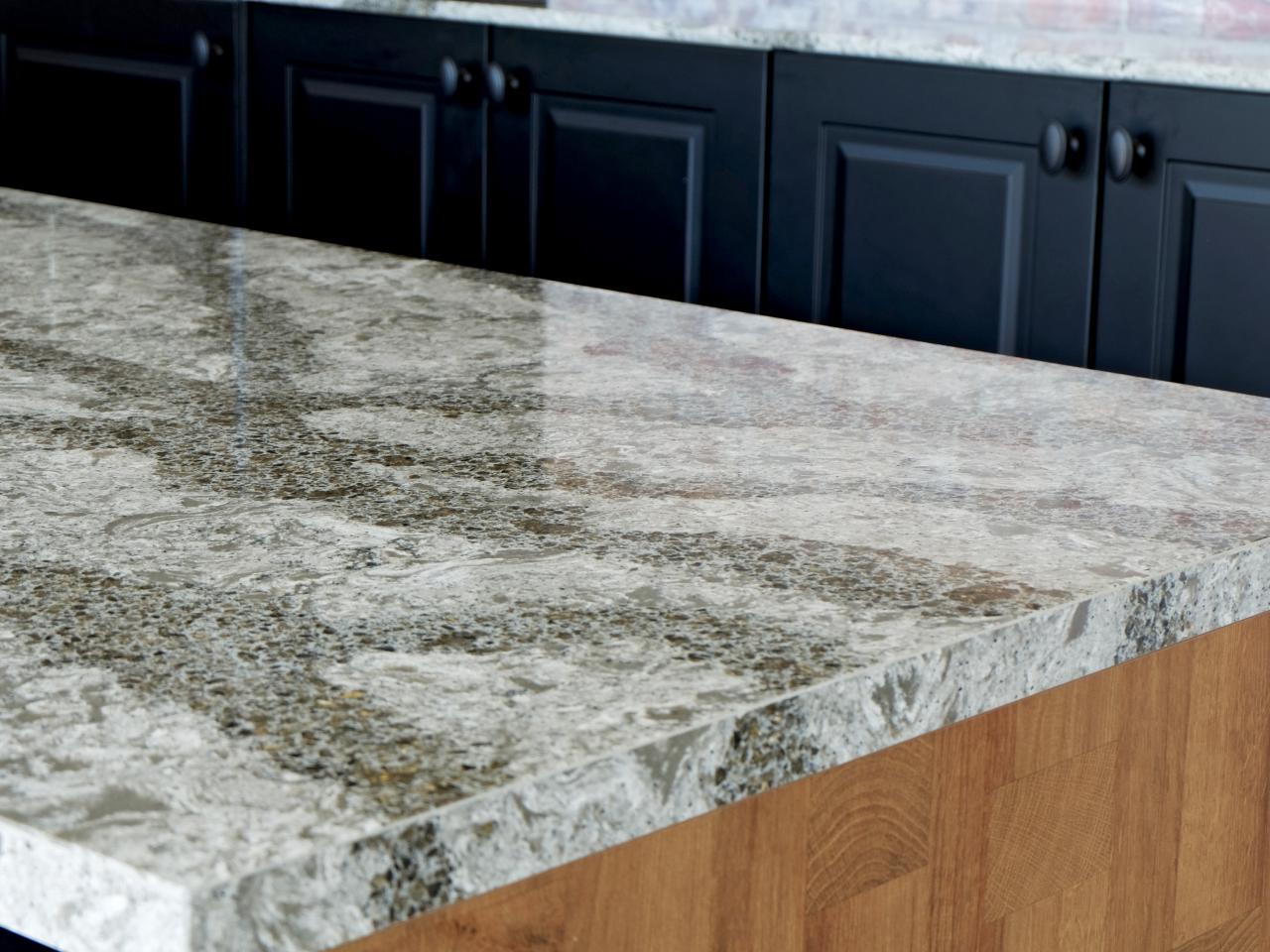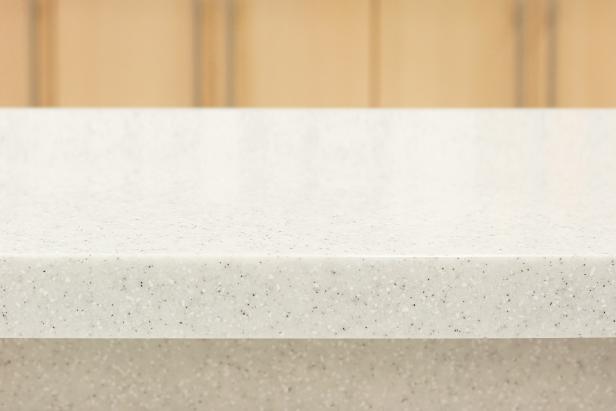Cutting a quartz countertop is a task that requires precision, the right tools, and careful preparation. Quartz countertops are prized for their durability, aesthetic appeal, and resistance to stains and scratches. However, these very qualities make cutting quartz a challenging process. The composite material, which includes natural quartz crystals and resin, is extremely hard, necessitating the use of specialized equipment and techniques to achieve a clean cut without damaging the countertop.
Before starting the cutting process, it’s crucial to have a clear plan and the right measurements. Accurate measurements ensure that the countertop will fit perfectly in the designated space. Measure the area multiple times and mark the cut lines on the quartz slab with a permanent marker. Using a straight edge or a ruler can help keep the lines precise. It’s also important to account for any cutouts required for sinks, faucets, or other fixtures.
The tools needed for cutting quartz include a circular saw equipped with a diamond blade, clamps, masking tape, and safety gear such as goggles, ear protection, and a dust mask. The diamond blade is essential because quartz is too hard for standard saw blades. It’s also advisable to use a wet saw, which helps to cool the blade and reduce the amount of dust generated during cutting.
To begin, secure the quartz slab on a stable surface. Use clamps to hold the slab in place, ensuring it doesn’t move during the cutting process. Applying masking tape along the cut line can help prevent chipping and provide a clearer guide for the saw. Position the saw at the beginning of the cut line and start the saw before it touches the quartz. This approach minimizes the risk of the saw binding or jumping.

Cutting should be done slowly and steadily to avoid chipping or cracking the quartz. Applying too much force can damage the material or cause the saw blade to overheat. Instead, let the saw do the work, and move it steadily along the cut line. If you’re using a wet saw, ensure the water flow is sufficient to keep the blade cool and reduce dust.
Once the primary cut is complete, the edges of the quartz will likely need to be smoothed and polished. This step is crucial for achieving a professional finish and ensuring the edges are safe to touch. Use a diamond polishing pad attached to an angle grinder, starting with a coarse grit and gradually moving to finer grits. Polishing should be done carefully to avoid rounding off the edges excessively or causing new chips.
If the countertop includes cutouts for sinks or appliances, these should be done after the main cuts are complete. Mark the cutout areas clearly, and use a drill with a diamond-tipped bit to create starter holes at the corners. These holes make it easier to insert the saw blade and achieve precise cuts. For curved cuts, use a jigsaw with a diamond blade, moving slowly to maintain control.

During the entire cutting process, safety should be a top priority. The dust generated by cutting quartz contains silica, which can be harmful if inhaled. Always wear a dust mask or respirator, and ensure the work area is well-ventilated. Using wet cutting methods can also help to minimize dust.
After cutting and polishing, the quartz countertop needs to be cleaned thoroughly before installation. Use a damp cloth to wipe away any remaining dust or debris. If necessary, a gentle cleaner can be used to ensure the surface is spotless. Proper cleaning ensures that the countertop adheres well to the underlying cabinets and that there are no blemishes on the surface.
Installation involves carefully positioning the countertop onto the base cabinets. Ensure that the cabinets are level and stable before placing the countertop. Use silicone adhesive or another suitable bonding agent to secure the countertop in place. Apply the adhesive sparingly to avoid it seeping out from under the countertop and creating a mess.
The final step in the process is sealing the seams between the countertop sections, if applicable. Use a color-matched epoxy or silicone caulk to fill the seams. Smooth the sealant with a plastic scraper or your finger, ensuring it fills the gap completely and creates a seamless look. Allow the sealant to cure fully according to the manufacturer’s instructions before using the countertop.
Cutting a quartz countertop is a precise and demanding task that requires careful preparation, the right tools, and meticulous execution. However, with the right approach, it is possible to achieve a professional-quality result that enhances the beauty and functionality of your kitchen.

Common Mistakes to Avoid
One common mistake is not using the proper tools. Regular saw blades can damage quartz and produce poor cuts. Always use a diamond-tipped blade designed for cutting stone or quartz to ensure clean and precise cuts.
Another mistake is rushing the cutting process. Quartz is a hard material, and attempting to cut too quickly can result in chipping or cracking. Take your time and let the saw do the work, moving slowly along the cut line.
Inadequate support for the quartz slab during cutting is also a frequent error. If the slab is not properly secured, it can shift or vibrate, leading to uneven cuts or breakage. Use clamps to hold the slab firmly in place.
Neglecting safety precautions is a serious oversight. The dust from cutting quartz can be hazardous to health. Always wear a dust mask, goggles, and ear protection, and ensure the work area is well-ventilated. Using wet-cutting methods can help reduce dust.
Finally, failing to polish the edges properly can leave the countertop looking unfinished and rough. Use a series of diamond polishing pads to smooth and polish the edges, starting with coarse grit and progressing to finer grits for a professional finish.

What tools do I need to cut a quartz countertop?
To cut a quartz countertop, you need a circular saw equipped with a diamond-tipped blade, clamps to secure the slab, masking tape to protect the cut line, and safety gear such as goggles, ear protection, and a dust mask. A wet saw is also recommended to keep the blade cool and reduce dust. Additionally, you will need a diamond polishing pad and an angle grinder for smoothing and polishing the edges after cutting. For creating cutouts, a drill with a diamond-tipped bit and a jigsaw with a diamond blade are useful.
Can I cut quartz countertops by myself, or do I need a professional?
Cutting quartz countertops can be done by yourself if you have the right tools and follow the proper procedures. However, it requires precision, patience, and attention to safety. If you are not confident in your ability to achieve a clean, professional cut, it might be best to hire a professional. Professionals have the experience and equipment necessary to handle quartz safely and efficiently, ensuring a high-quality finish without the risk of damaging the countertop.
How do I prevent chipping when cutting quartz countertops?
To prevent chipping when cutting quartz countertops, use a diamond-tipped blade designed specifically for cutting stone or quartz. Apply masking tape along the cut line to protect the surface and provide a clear guide for the saw. Cut slowly and steadily, allowing the saw to do the work without applying too much force. Ensuring that the quartz slab is securely clamped in place can also help reduce vibrations and movement that can lead to chipping. Wet cutting methods can further reduce the risk of chipping by cooling the blade and minimizing dust.
What is the best way to polish the edges of a quartz countertop?
Polishing the edges of a quartz countertop involves using a diamond polishing pad attached to an angle grinder. Start with a coarse grit pad to remove any roughness or irregularities from the cut edge. Gradually move to finer grits to achieve a smooth, polished finish. Ensure that you move the grinder steadily and evenly along the edge to avoid creating dips or uneven spots. Polishing should be done carefully and methodically to achieve a professional look that blends seamlessly with the rest of the countertop.
How do I handle cutouts for sinks and appliances in a quartz countertop?
Handling cutouts for sinks and appliances involves careful measurement and marking of the cutout areas. Use a drill with a diamond-tipped bit to create starter holes at the corners of the cutout. These holes allow for easier insertion of the saw blade and help achieve precise cuts. For straight cuts, use a circular saw with a diamond blade, and for curved cuts, use a jigsaw with a diamond blade. Move slowly and steadily to maintain control and avoid chipping. After completing the cutouts, smooth and polish the edges to match the rest of the countertop.

Easy Ways to Cut a Quartz Countertop – wikiHow

Cutting quartz with new blade

How to Cut a Quartz Countertop

Cutting quartz countertop

How to Cut a Quartz Countertop

Related articles: